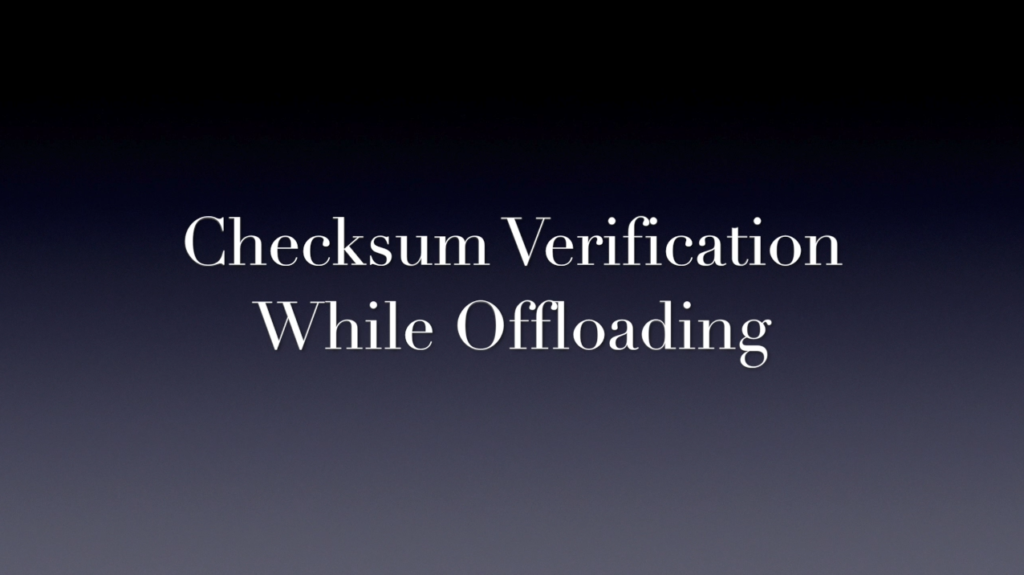
Watch an excerpt from the Moviola.com webinar: Data Wrangling in the Digital Age
Offloading camera cards properly can be one of the most important parts of the filmmaking process. Checksum verification helps ensure that those cards are copied 100% accurately. Learn more about why using finder is not secure, checksum values, different types of checksums and a few more helpful tips and tricks about the offloading process.
Verification
What do I mean by verify? Simply put, it’s determining that copied files exactly match originals.
Many people think checking total file sizes using Finder or Explorer assures they match. But the truth is unless there’s a catastrophic copy failure, Finder will report the allotted space for the copy not the actual file information. And, if you’re comparing contents of a folder or mounted volume, the file count and used space may be different due to hidden files.
And copying with just ‘Drag & Drop’ rarely gives any indication of copy failures and no assurances of byte sequences within the files. You can only know that by calculating the checksum values of the source and comparing it to the checksum of the copied file. While you could do that with Terminal commands or other labor-intensive means, from a practical standpoint you need a copy application that automates this function for you.
There are many different checksum types with various targeted uses. In the video industry however, the majority of workflows now rely on MD5 or the newer XXHash. Both are relatively quickly calculated and yield a high degree of certainty that two files exactly match. In other words, there’s a very low possibility with either of matching checksum values unless the files are in fact identical.
MD5 checksums typically are more CPU intensive than the XXHash, which relies more on system RAM for it’s processing. For this reason, computers with faster RAM hardware will see faster turn around on checksums with XXHash than using the MD5 type.
From a quality control point of view, sampling clips at beginning, middle and end helps give some assurance that the video files are not corrupt. But it’s also a good idea to spot check for things like unwanted items in view, etc.
Of course playing clips requires a player that supports the specific format. While each camera manufacturer generally offers a proprietary application for specific file types, there are a couple products like our HD-VU2™ software that’s designed to sample footage without transcoding or altering files.
Thanks for ready! #OffloadConfidently